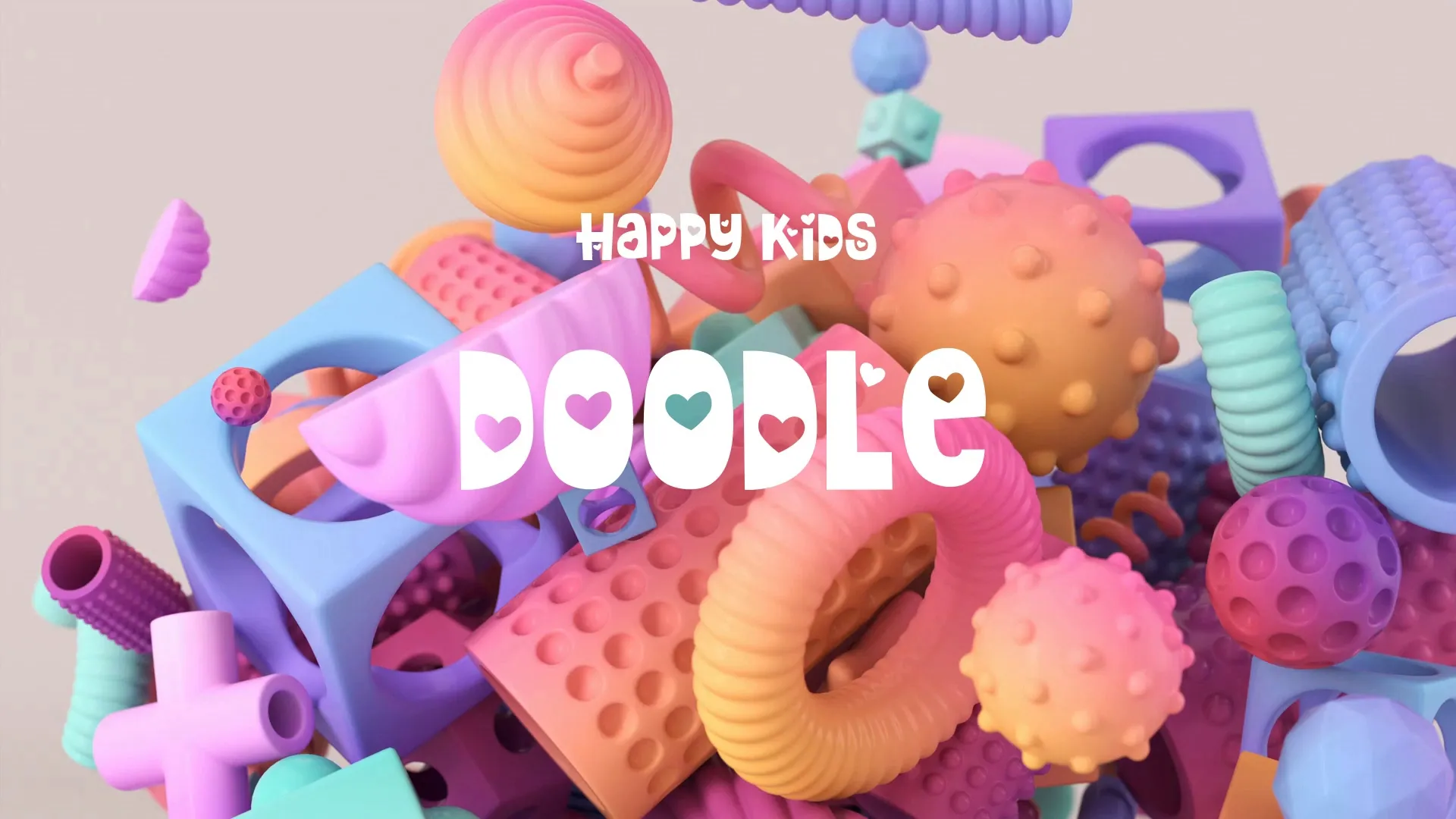Cloud Collaboration in Game Dev: Next-Gen Workflows & Advanced Physics Rendering
Cloud collaboration is no longer a niche concept; it’s a fundamental shift in game development. Distributed teams and complex projects demand integrated solutions that go beyond simple file sharing. This approach enables real-time iteration and robust asset management, crucial for modern game creation.
Streamlining Development Workflows with Cloud
Traditional game development often involves bottlenecks from manual asset transfers and version conflicts. Cloud collaboration platforms eliminate these hurdles, providing a centralized hub for all project assets and data. This allows artists, designers, and programmers to work concurrently on the same project without constant synchronization issues.
Implementing version control systems directly within cloud environments is essential. Tools like Git integrated with cloud repositories ensure every change is tracked and easily reversible. This prevents data loss and facilitates seamless merging of different team members’ contributions.
Automated build pipelines are another cornerstone of next-gen cloud workflows. Setting up continuous integration and continuous deployment (CI/CD) means that code changes are automatically tested and built, providing immediate feedback on project stability. This significantly reduces the time spent on manual builds and error detection.
Consider how your team manages tasks and project progress. A dedicated task tracker, like Wayline’s Momentum, can be integrated with cloud repositories to link development tasks directly to specific code commits or asset updates. This creates a transparent and efficient workflow, keeping everyone aligned on project goals and deadlines.
Advanced Physics Rendering in the Cloud
Physics rendering, especially for highly realistic simulations, is computationally intensive. Local machines often struggle to handle these demands efficiently, leading to slow iteration times. Cloud-based rendering offers a scalable solution, offloading heavy computations to powerful remote servers.
This capability allows for more complex and accurate physics simulations, enhancing realism in games from environmental interactions to character animations. Cloud resources can dynamically scale to meet peak rendering demands, ensuring smooth performance during development. This is particularly beneficial for indie developers who might not have access to high-end local hardware.
Leveraging cloud GPUs for physics calculations can dramatically accelerate development cycles. Artists and designers can preview complex physics interactions in near real-time, making adjustments without waiting for lengthy local render times. This fosters a more iterative and experimental design process.
Choosing the Right Tools and Platforms
Selecting the appropriate cloud platform is critical for successful collaboration and rendering. Factors to consider include cost, scalability, integration with existing tools, and security features. Popular choices often include AWS, Google Cloud, and Azure, each offering a suite of services tailored for different needs.
For game engines, compatibility with cloud-based workflows and rendering services varies. It’s important to evaluate how well your chosen engine integrates with cloud solutions. For a detailed comparison of popular engines, refer to ‘Unity vs. Unreal vs. Godot: Choosing Your Engine in 2025’ on the Wayline blog Unity vs. Unreal vs. Godot: Choosing Your Engine in 2025.
Beyond the core cloud provider, specific software tools enhance collaboration. These include cloud-native asset management systems, real-time code editors, and communication platforms designed for distributed teams. The goal is to create an ecosystem where every team member can contribute effectively from anywhere.
Common Pitfalls and How to Avoid Them
One common pitfall is underestimating the learning curve associated with new cloud technologies. Provide adequate training and support to your team to ensure a smooth transition. Start with smaller, manageable projects to build proficiency before tackling larger endeavors.
Another challenge is managing data security and access control. Implement robust security protocols, including multi-factor authentication and granular access permissions, to protect your intellectual property. Regularly audit access logs and review security configurations.
Create a free account, or log in.
Gain access to free articles, game development tools, and game assets.














.webp)


.webp)





